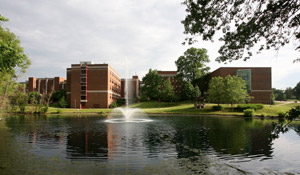Document Type
Article
Abstract
Gompertz and Weibull functions imply contrasting biological causes of demographic aging. The terms describing increasing mortality with age are multiplicative and additive, respectively, which could result from an increase in the vulnerability of individuals to extrinsic causes in the Gompertz model and the predominance of intrinsic causes at older ages in the Weibull model. Experiments that manipulate extrinsic mortality can distinguish these biological models. To facilitate analyses of experimental data, we defined a single index for the rate of aging (ω) for the Weibull and Gompertz functions. Each function described the increase in aging-related mortality in simulated ages at death reasonably well. However, in contrast to the Weibull ωW, the Gompertz ωG was sensitive to variation in the initial mortality rate independently of aging-related mortality. Comparisons between wild and captive populations appear to support the intrinsic-causes model for birds, but give mixed support for both models in mammals.
Publication Date
February 2002
Publication Title
The Journals of Gerontology: Series A
Volume
57
Issue
2
First Page
B69
Last Page
B76
DOI
10.1093/gerona/57.2.B69
Recommended Citation
Ricklefs, Robert and Scheuerlein, Alex, "Biological Implications of the Weibull and Gompertz Models of Aging" (2002). Biology Department Faculty Works. 68.
DOI: https://doi.org/10.1093/gerona/57.2.B69
Available at:
https://irl.umsl.edu/biology-faculty/68


